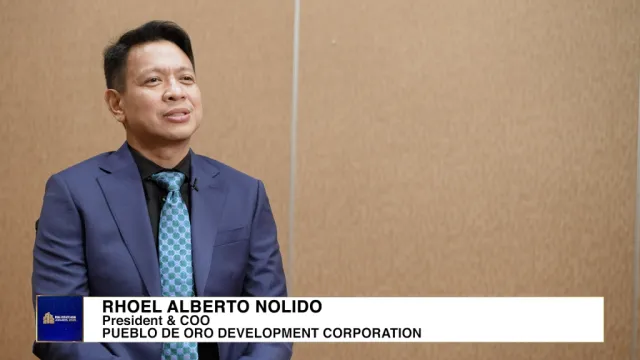
The ‘excessive pessimism’ over Tokyo’s office market is waning: Savills
The downside is deemed limited as rents are still ~70% of the peaks seen pre-financial crisis.
With the COVID-19 situation looming over the office real estate market in 2020, many companies adopted a wait-and-see approach. The current rental corrections and increased incentives demonstrate that the market is still finding a price point to start recovering. In the meantime, some companies, albeit a limited number, are beginning to execute their lease strategies in response to the changes caused by the pandemic.
However, Savills notes that the somewhat excessive pessimism appears to be easing in 2021. Specifically, despite the uncertainty that COVID-19 has brought to the market, vacancies remain roughly at 1.2% for Grade A buildings and rents are still about 70% of the peak levels seen prior to the financial crisis, implying that the downside is somewhat limited.
Here’s more from Savills:
At the ward level, Shibuya, which significantly weakened in the second half of 2020 as technology companies were the first to implement large-scale work-from-home measures and return office floors, is seeing some movements into the ward. In reaction to offices in Shibuya becoming increasingly available and affordable, we are also hearing more rumours about potential inbound relocations in the near future.
Furthermore, Chiyoda and Chuo have shown grit since the COVID-19 pandemic started. As those wards are home to large Japanese firms that have lush cash reserves, they were able to weather the pandemic more effectively. Within each member of the C5W, some areas will hold likewise strong, whereas some areas within the same ward with ill-located or aged buildings will grow weaker, resulting in an image of overall weakened market performance.
Easing pessimism in the office market can also be seen within the two major office J-REITs, Nippon Building Fund (NBF) and Japan Real Estate (JRE), that have recently showed sound rebounds. On 19 March 2020, these two office J-REITs fell to their 52-week low, then recovering by around 15% in the following weeks but lingering low until October 2020. NBF especially suffered at the time of a large equity offering.
Since then, both have recovered considerably, with NBF around 20% to 25% above its lowest point last year and JRE hanging around 30% to 35%, having been supported by solid financial results. Given the high level of uncertainty in the office market throughout the pandemic, the bounce back we have seen shows the resilience of the office J-REITs and the office market at large. In fact, on April 2, Starwood Capital Group announced its intention to conduct a takeover bid of the Invesco Office J-REIT. This demonstrates a wider range of parties appearing more optimistic on Japanese office market.
While these positive signs are being observed, the continuing uncertainty in future economic activity has sparked new demand for flexible offices. These settings are becoming increasingly desirable, especially for smaller or rapidly growing firms. By reducing the need for upfront capital expenditure and other costs, these flexible options can be critical for cost-effectiveness. Flexible offices also allow tenants to respond quickly to changing financial prospects with limited restoration costs when returning lease space to landlords.
In response to this emerging trend, Hulic has begun expanding its office brand “Bizfl ex”, which offers tenants both pre-established offices and flexible leasing arrangements with leasing terms as short as three months and possibly without security deposits. It also provides quick move-in and subscription options for internet and other utilities. Some companies are already taking advantage of these flexible services such as Cookpad, a food tech company, who will move its headquarters to a WeWork office.
Looking forward, we may see a review of office size and location as companies look to focus on better located offices with collaborative and flexible layouts. This transformation may be accelerated given the slow vaccine rollout we are seeing in Japan. All in all, the shift means that the traditional three tsubo per person golden rule of office planning might be a thing of the past as companies shift their office layout to a more collaborative space with amenities such as lounge areas and creative areas. Although some companies will reduce in size, this shift in planning may require other companies to either hold onto their current size or maybe even acquire larger lease sizes in total to ensure adequate space for these new diversified and flexible offices.



















 Advertise
Advertise




